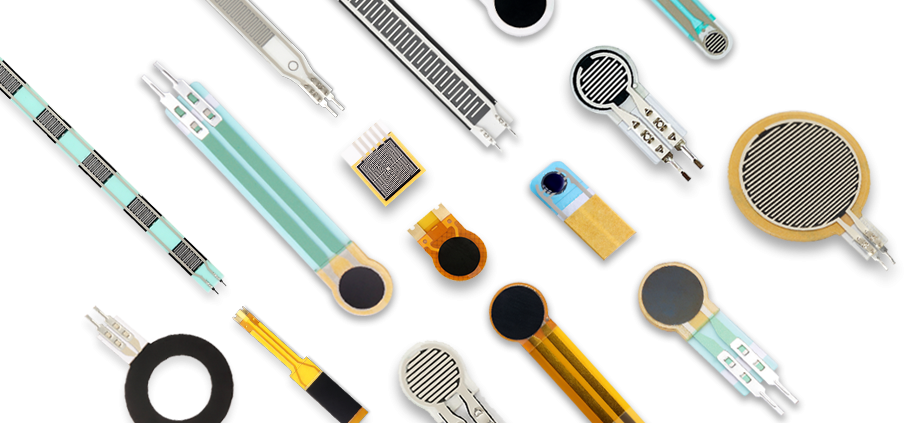Thin film pressure sensors may not be widely known in our daily lives, but they quietly impact our lives. Whether in medical devices, smartphones, automotive safety systems, or robotics, thin film pressure sensors play important roles. This article will explore the basic principles, working mechanisms, and applications of thin film pressure sensors across various fields.
What is a Thin Film Pressure Sensor?
A thin film pressure sensor is a sensor device used to measure pressure changes. Compared to traditional pressure sensors, thin film pressure sensors have thinner and more sensitive characteristics, capable of generating detectable electrical signals even with tiny pressure changes.
Working Principle:
The working principle of thin film pressure sensors is based on the resistive properties of thin film materials. When external pressure is applied, the thin film material undergoes deformation, thereby changing its resistance value. The sensor measures this resistance change to reflect the external pressure variation. Typically, this thin film material is placed on a support structure to ensure it can withstand pressure without damage.
Applications:
Healthcare Sector: Thin film pressure sensors are widely used in medical devices such as medical respirators, weighing scales, surgical instruments, etc. By monitoring pressure distribution on patients, medical professionals can accurately assess their health status and provide more effective treatment plans.
Smartphone and Wearable Devices: In smartphones and wearable devices, thin film pressure sensors are commonly used to implement pressure-sensitive touchscreens. This allows users to trigger different operations by applying different levels of pressure, providing a richer user interaction experience.
Automotive Industry: In automotive safety systems, thin film pressure sensors are used in key components such as braking systems, airbag systems, etc. By monitoring pressure changes in various parts of the vehicle, potential hazardous situations can be detected and responded to promptly, improving driving safety.
Industrial Production and Robotics: In industrial automation, thin film pressure sensors are used to monitor the operational status of production equipment, pressure changes in materials, etc. Additionally, they are widely applied in robotics to help robots perceive the external environment more accurately and perform various tasks.
As an important sensor technology, thin film pressure sensors play significant roles across various fields in modern society. With continuous advancements in science and technology, it is believed that thin film pressure sensors will have broader applications in the future, bringing more convenience and safety to our lives.


